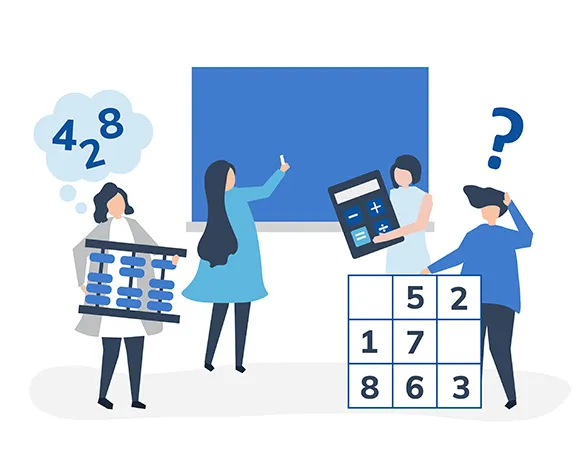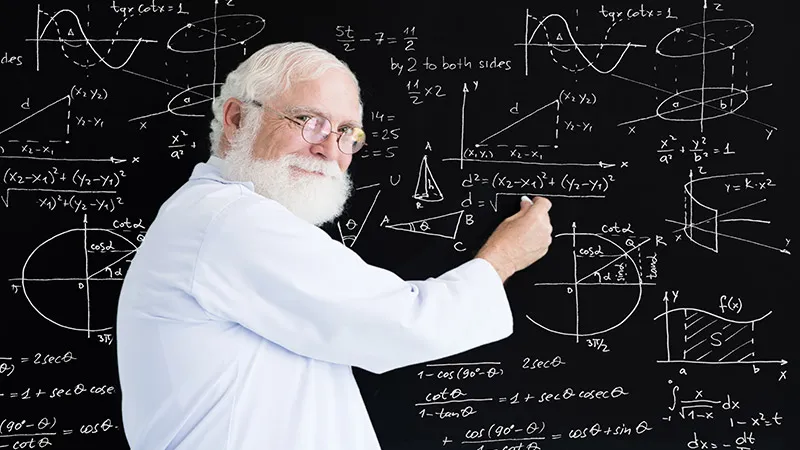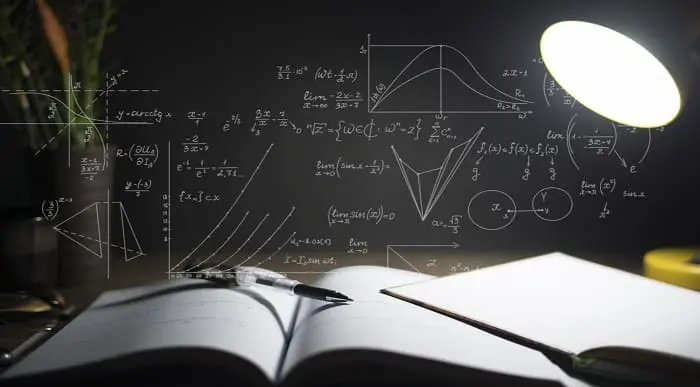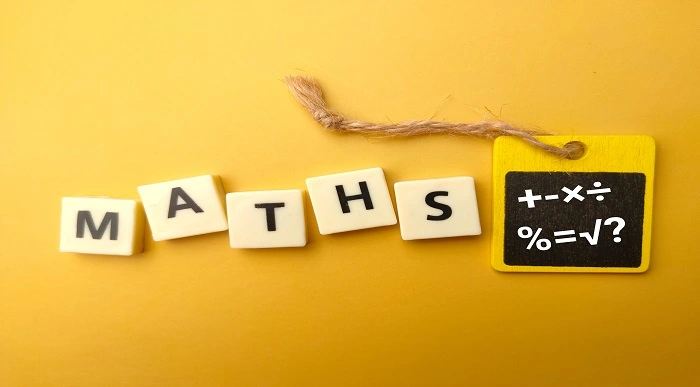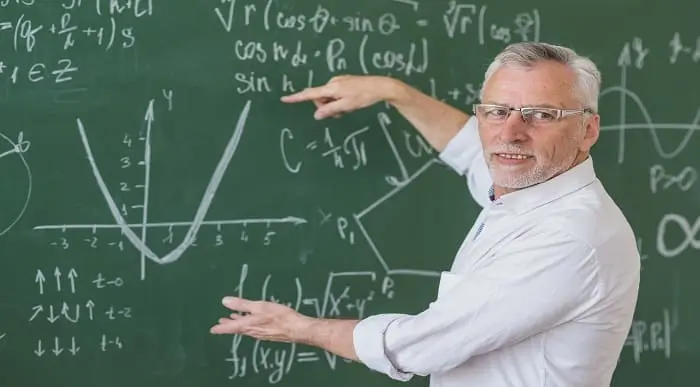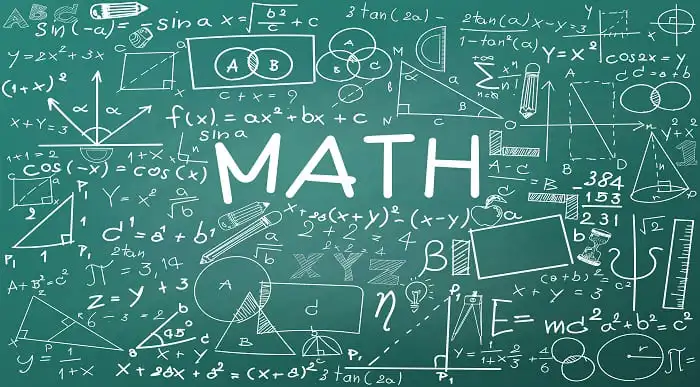Mathematical
Maths Prefixes and Suffixes – Definition, Example and Calculation
There are many words in English language and every year, we see several additions to the vocabulary. Introducing additional words to your vocabulary can seem overwhelming, but if you are familiar with the common prefixes and suffixes used in English, you will be able to understand a lot more words.
The math prefixes and suffixes are no different from the English ones. Also, it is similar to learning a language. Once you figure out the secret, you can identify and possibly even define unknown words in addition to spelling terms more accurately.
To learn more about maths prefixes and suffixes, read this article.
Table of Content
What are Prefixes?
A prefix is a letter or group of letters that can be added to the beginning of a word to change its meaning. The most important thing to keep in mind when adding a prefix to a word is to avoid adding or removing any letters.
As we know, there are different types of prefixes. Some prefixes are used as a combining form that means “hundredth” or “hundred”, which is known as the Centi prefix.
On the other hand, the Tetra prefix is used as a combining form, which means “four.” For example, a “tetrahedron” is a pyramid with one triangular base and three sides.
In the metric system, the prefix “micro” stands for a factor of 10-6. Symbols and prefixes are used in SI to represent the micro power of ten.
A few examples of the prefix would be:
- Uni, mono, or solo: one
- Bi or duo: two
- Tri: three
Are you looking for a Functional Skills Maths Level Course?
Prefixes that come from numbers or numerals are known as number prefixes. They are used to create some words you will encounter.
You can study and understand better the meanings of these terms by becoming familiar with these prefixes and the numbers they stand for.
Metric Prefix
A metric prefix is a unit prefix used to indicate a multiple or submultiple of a basic unit of measure.
According to USMA, the metric symbol chart is analysed below:
| Quantity | Unit | Symbol |
| Length | metre | m |
| Mass | kilogram | kg |
| Time | second | s |
| Electric current | ampere | A |
The following information analyses prefix table physics used to indicate Milli, Micro, Nano, Pico, Femto table.
| Prefix | Multiple | Symbols |
| Milli | 10-3 | m |
| Micro | 10-6 | mu |
| Nano | 10-9 | n |
| Pico | 10-12 | p |
| Femto | 10-15 | f |
Different types of Prefixes
The following prefix table discusses the different prefix types:
| Symbol | Meaning | Example |
| uni- | 1 | Unicorn: A legendary creature with one horn |
| mono- | 1 | Monorail: A single-track train. |
| bi- | 2 | Two-wheeled vehicles: bicycle |
| tri- | 3 | Triceratops: three-horned dinosaur |
| quadr- | 4 | Quadruped: Four-footed animal |
What Are Suffixes?
In order to change a root word’s meaning or grammatical function, a group of letters known as a suffix is added. Similarly, in mathematics, suffixes are used at the end of different mathematical terms to modify and add consistent meaning.
Few examples of the suffix would be:
- Centenary
- Hedral
- Hedron

Functional Skills English Level 2
- Accredited Courses
- Tutor Support Included
- 3 Installment Plan at checkout
- 14 Days Money Back Guarantee
Different Types of Suffixes
The following tables show different types of suffixes:
| Symbol | Meaning | Example |
| -gon | A shape with several angels | Polygon |
| -metry | The evaluation of side and angle relationships in triangles | Trigonometry |
| -tion | The process of breaking up into parts | Fraction |
| -ing | Action’s verb form and present participle | Creating |
Top Courses of this Category
FAQ
What is a prefix in maths?
A prefix is the first phrase of a word.
What are prefixes and suffixes with examples?
A few examples of the prefix are uni, mono, or solo. On the other hand, an example of suffixes includes centenary, Hedral.
How can I support children to use and spell prefixes and suffixes accurately in their writing?
List some words that have a common prefix or suffix and ask children what they notice as an easy way to introduce the terms prefix, affix, and root word/base word.
How can I use these KS2 Prefixes and Suffixes resources?
You can use these KS2 prefixes and suffixes resources to keep your children involved and entertained while you educate them about prefixes and suffixes by looking through a fantastic choice of activities, games, posters, and more.
What is a root word?
A basic word to which affixes (prefixes and suffixes) are added is called a root word.
Why are children taught prefixes?
Along with teaching roots, prefixes help youngsters increase their vocabulary and understanding of foreign texts.
What are examples of suffixes?
The suffixes acy, democracy, correctness, and madness are a few examples.
What are the 4 types of prefixes?
The four most common types are unicorn, monorail, triceratops, and quadruped prefixes.
What are 5 suffixes examples?
Fiendish, childish, snobbish, creative and punitive are the 5 examples of suffixes.
What is the prefix & suffix class in class 8?
Prefixes and suffixes don’t make words; rather, they help create different words.
Conclusions
If you are skilled in using prefixes and suffixes in math, you will have no trouble passing any mathematical tests that require knowledge of mathematical prefixes and suffixes, will become easier for you.
Whether a beginner or an expert in mathematics, ample knowledge of mathematical suffixes and prefixes is required for everyone. I hope that by providing useful examples and guidelines for prefixes and suffixes, this article has helped you learn more about maths prefixes and suffixes by providing you with their practical examples and guidelines.
What to Read Next:
- How To Get Maths GCSE Quickly
- Edexcel GCSE Maths Specification – A Comprehensive Guide
- How to Get A and A* in Maths A Level – The Ultimate Guide
- What does Factorising Mean in Maths – Example of Factorising Mean




